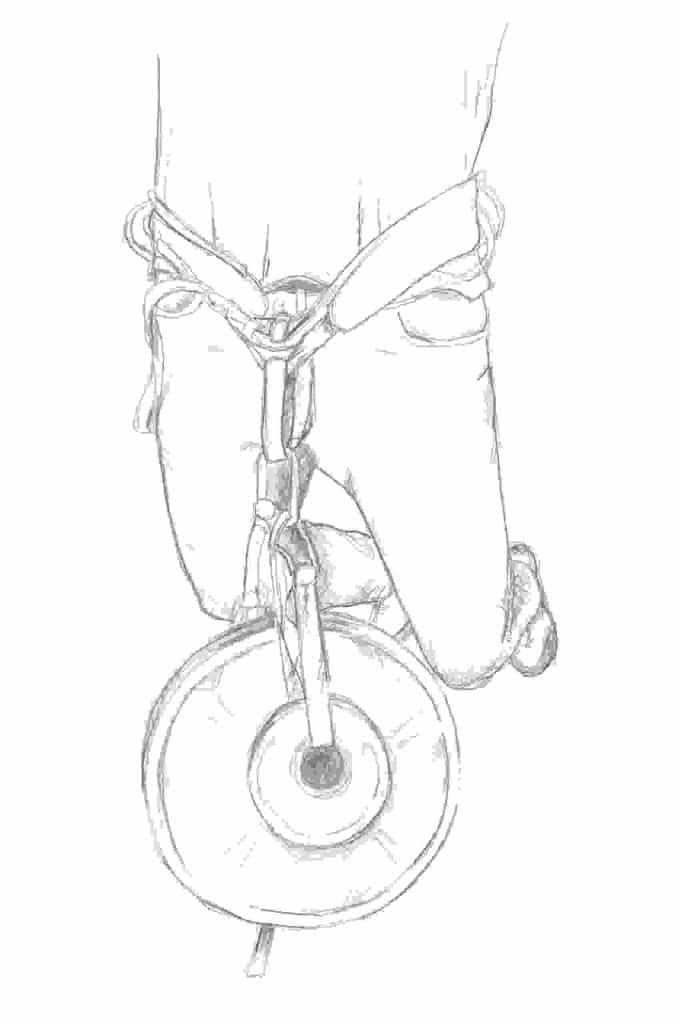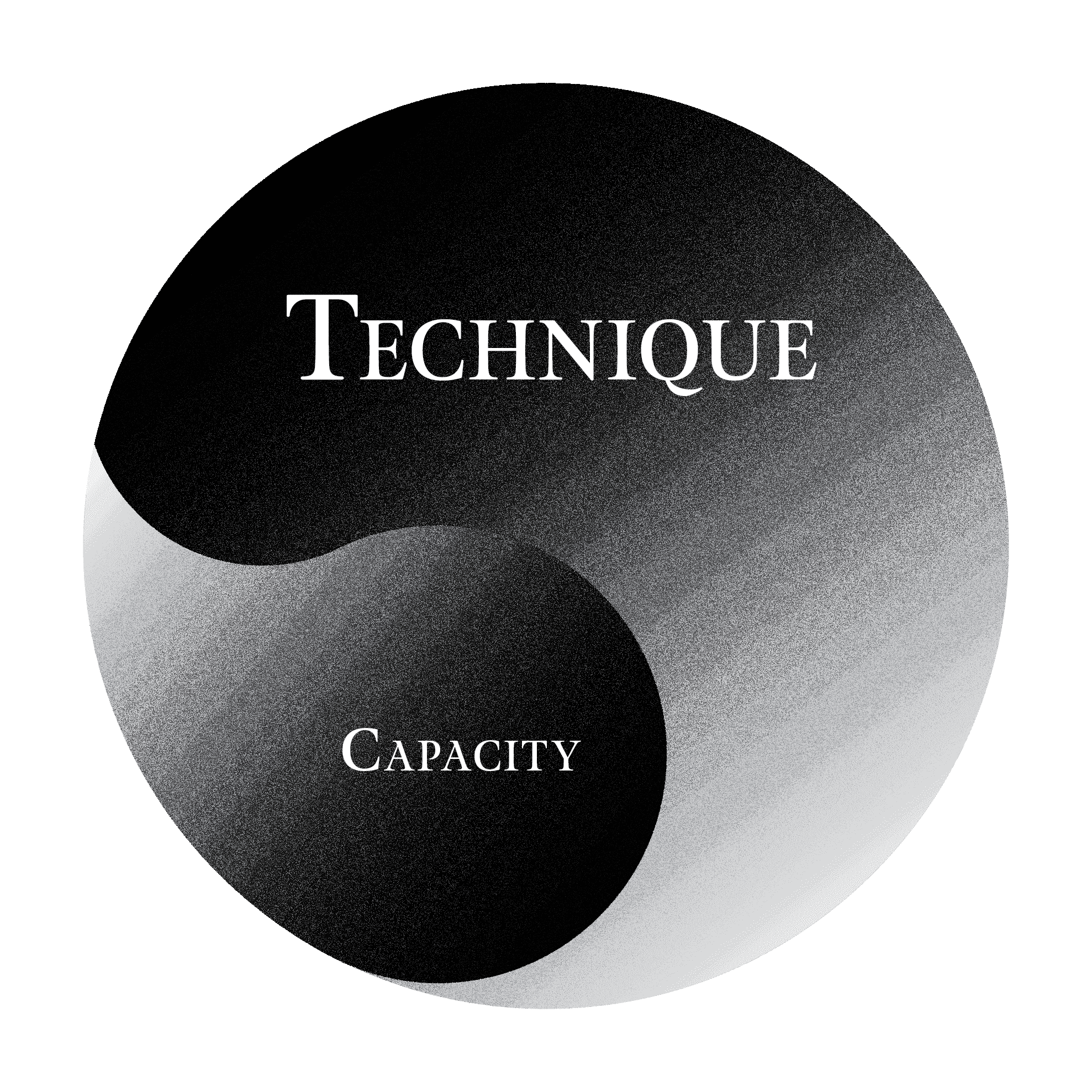
Each day’s climbing session is an amalgamation of two important aspects to performance: technique and capacity. Technique is defined as the skill to move proficiently on a wide variety of terrain. Capacity is defined as the stuff inside the body responsible for physical movement, primarily the muscles, tendons, and bones.
Technique is a fluid and dynamic aspect with the potential to change and improve at any point during a climbing session. Capacity on the other hand is relatively fixed; the strength and endurance you woke up with is the strength and endurance you have not only for today but also in the days, maybe weeks, ahead.
Your mental state is a third, more complex aspect to climbing performance, but it’s not confined to being practiced or trained during climbing sessions. It’s perennial. In the same way technical proficiency makes the most of your current capacity—sometimes with surprising breakthroughs—your attitude has the same potential to either elevate a climbing session or drag it down.
As an aside: For someone like me (and I know I’m not alone) climbing has been the main resource for supporting this third aspect in all other areas of life. It’s what keeps me going. So, what happens when climbing performance is subpar? You can see the potential for the process to invert on itself.
That said, mental aspects like attitude, intelligence visualization, composure, anxiety, creativity, and motivation are practiced all the time. They also impact training in an unknown yet very real way (Kiely 2017). All forms of stress have an impact on results, yet there’s no doubt mechanical stress—the stress of climbing—is a primary driver in training results. Specifically, the slow and subtle changes to the body.
Initially, climbing performance improves rapidly through the refinement of technique. During this process, the much slower processes of physical adaptation—the changes to the body that also improve performance—are quietly taking place. This stage of uninterrupted improvement is called the beginner’s phase.

The first rut all climbers experience (or will experience if you have just started climbing) is when the beginner’s phase comes to an end. It’s frustrating to anyone passionate about improvement but it’s also an excellent diagnostic tool. It’s the point when performance stalls for a prolonged period of time, often called a plateau.
This stage is called the intermediate climber’s performance plateau and can be characterized as the point when technique and capacity become interdependent of one another. This interdependence becomes more pronounced over time, especially at advanced stages of climbing experience, but it remains a good marker for semi-adapted intermediate climbers too.
This is the point when it becomes productive to purposefully improve capacity, not just technique. For example, an increase in whole-body strength makes it possible to hold a strenuous body position that uses poor hand and foot holds more efficiently. In turn, this has the potential to expand your technical proficiency producing a higher level of climbing performance which also contributes to a better overall training stimulus.
Overcoming the first performance plateau is usually when climbers become interested in training a means to get out of a performance rut. The first strategy is as simple as tracking meaningful climbing volume. You keep the same schedule that works with life’s other priorities except some days you climb a little more and some days you climb a little less.
Another strategy is to introduce supplemental training movements that transfer well to climbing. Grip training, lock off training, gymnastic strength training, or even periodic weightlifting have all proven to be effective methods for improving climbing performance.
My book Training Guide for Climbers: Platinum Principles for Success codifies these methods in a standalone resource for climbers interested in understanding training in a simple yet big-picture perspective.
To take that productive next-step, there is no one-size fits all program. Training works best when tailored to your unique situation. It’s for this reason training is said to be highly individualistic, especially in a technically intensive sport like climbing.
I hope I’ve piqued your interest in taking a closer look at other Tips or Training Guide for Climbers. I’ll let Joel Unema, first ascent of East Coast Fist Bump (5.14a trad), have the last word.
“I’m personally grateful to Rob for setting me on a path of learning and pursuing both training and climbing in a different way,” Joel Unema
Send me an email, and I'll get back to you as soon as I can.